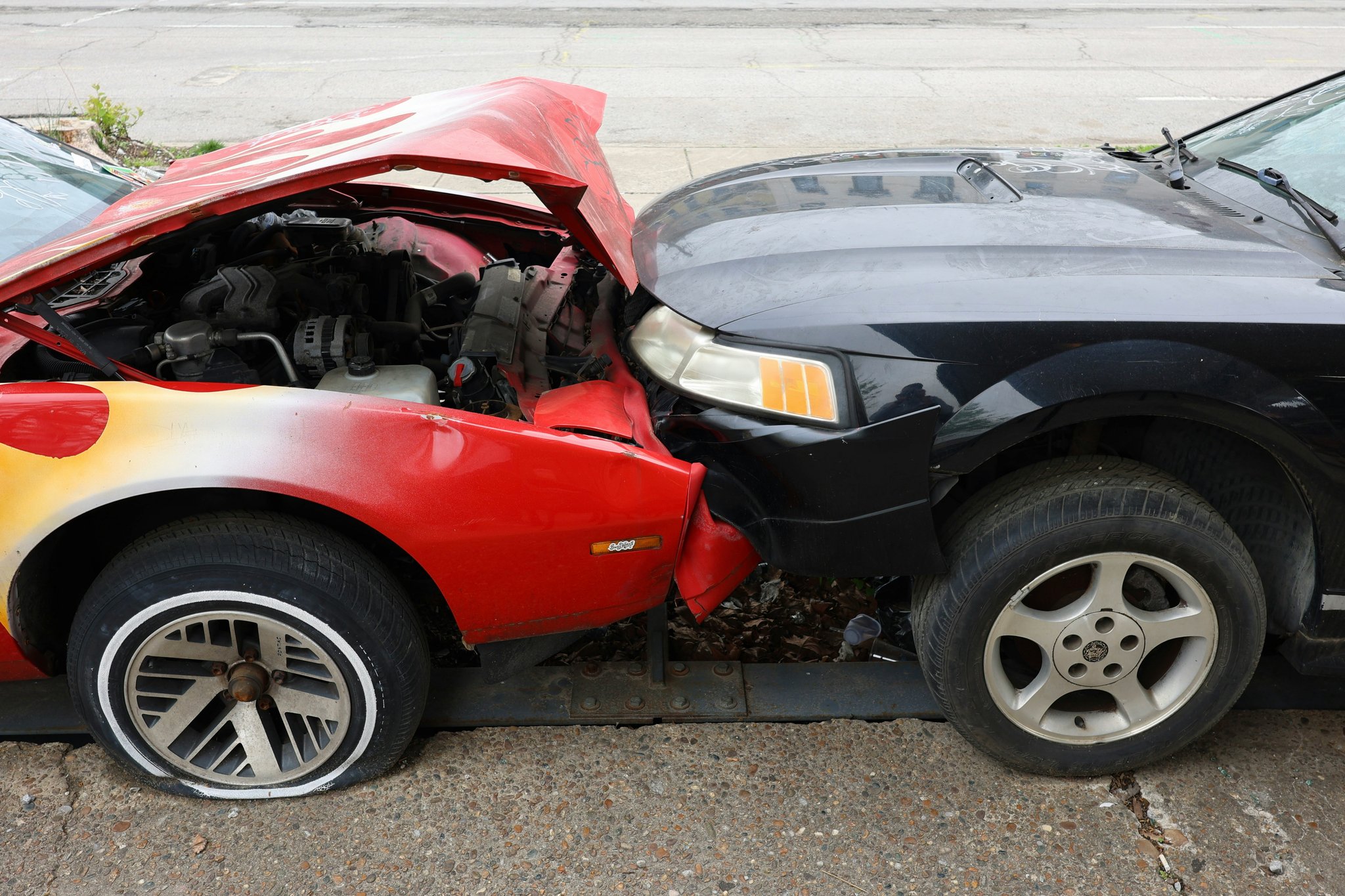Ever had your suitcase disappear into the airline abyss, leaving you stranded with no clean underwear for days? Yeah, us too. It’s not just a traveler’s nightmare—it happens more often than you’d think. In fact, over 25 million bags go missing globally every year. Enter luggage recovery insurance: the unsung hero of stress-free vacations. Today, we’ll dive into why this travel essential deserves your attention—and how it could save both your sanity and wallet.
In this guide, you’ll learn:
- The sneaky details airlines won’t tell you about baggage mishaps.
- How luggage recovery insurance works (step-by-step).
- Tips for choosing the right coverage—and avoiding scammy policies.
- Real-life stories of travelers who survived delays thanks to their policy.
- Your FAQs answered, because let’s face it—insurance jargon can feel like reading Shakespeare backwards.
Table of Contents
- Key Takeaways
- Why Do You Need Luggage Recovery Insurance?
- How Does Luggage Recovery Insurance Work?
- Choosing the Right Baggage Delay Coverage
- Examples of How This Insurance Saved Travelers
- Frequently Asked Questions About Luggage Recovery Insurance
Key Takeaways
- Luggage recovery insurance provides compensation for delayed or lost bags during travel.
- Most policies cover necessities like clothing purchases while you wait for your belongings.
- Look out for exclusions such as high-value items or self-inflicted baggage issues.
- Purchasing standalone luggage recovery insurance may offer better rates than bundled packages.
Why Do You Need Luggage Recovery Insurance?
We get it—traveling should be fun. But sometimes life throws curveballs like delayed flights, lost baggage, and misplaced memories. Let me share one of my biggest fails: I once landed in Iceland on a dream trip only to discover that my suitcase had decided to take a detour through Paris instead. No clothes, no camera gear, no way to document those majestic waterfalls. Sounds stressful, right?
Here’s another kicker: Airlines aren’t exactly generous when reimbursing passengers for lost luggage. Typically, they reimburse based on depreciated value—not what you originally paid. And even then, waiting weeks or months for compensation isn’t uncommon. That’s where luggage recovery insurance swoops in like a superhero cape. Imagine getting cash within hours to buy replacements without breaking a sweat.

The takeaway here? Life happens—but having backup plans makes all the difference. Now onto how this magical insurance actually works.
How Does Luggage Recovery Insurance Work?
“Optimist You:” “Sign me up for luggage peace of mind!”
“Grumpy You:” “Hold on—this still sounds complicated.” Don’t worry; we’ve got coffee brewing and answers ready.
Step 1: Choose Between Standalone vs. Bundled Policies
You have two options:
- Standalone Policies: These focus solely on luggage recovery and are perfect if you already own other forms of travel insurance.
- Bundled Plans: Found under comprehensive travel insurance, these combine medical emergencies, cancellations, and baggage delays into one package.
Step 2: Check Coverage Limits and Exclusions
Not all luggage recovery insurances are created equal. Always double-check:
- Coverage Amount: How much will they pay per delay day?
- Exclusions: Is jewelry covered? What about checked-in electronics?
- Delay Timeframe: Most kick in after a set period (usually 6-12 hours).
Step 3: Submit Claims Post-Delay
If your bag gets delayed, don’t panic! Simply submit receipts for any emergency purchases alongside documentation from the airline proving the delay occurred. Voilà—you’re back in business.
Choosing the Right Baggage Delay Coverage
Let’s cut the fluff and dive straight into golden nuggets:
- Read the Fine Print: Not covering luxury watches? Might want to rethink that Louis Vuitton carry-on.
- Go Direct When Possible: Insurer websites tend to offer cheaper premiums compared to third-party platforms.
- Don’t Forget Airport Rules: Some airports restrict liability claims, so know your rights before flying.
- Bad Tip Alert: Skipping photo evidence of your packed suitcases is dumb. If something goes wrong, visual proof helps immensely.
Examples of How This Insurance Saved Travelers
Take Sarah, an avid adventurer who flew to Thailand last summer. Her luggage arrived late due to a connecting flight cancellation. Thanks to her luggage recovery insurance, she received $500 upfront to purchase essentials and enjoy her beach getaway uninterrupted. Score!
And hey, remember Bob from accounting? Turns out he used his company-funded policy during a business conference in London. With tailored attire bought locally, he aced his presentation looking dapper AF.

Frequently Asked Questions About Luggage Recovery Insurance
Q: Does Every Policy Offer Immediate Reimbursement?
Absolutely not. Many require you to submit receipts first, but some premium ones might advance funds depending on terms.
Q: Can I Claim for Emotional Distress Caused by Missing Bags?
We wish! Unfortunately, emotional distress falls outside standard coverage parameters.
Q: Should I File a Claim with My Airline Too?
Yes! Dual claims mean higher chances at full payout since insurers often ask for proof of filings elsewhere.
Conclusion
To recap, luggage recovery insurance transforms chaotic travel hiccups into manageable situations. By understanding its ins and outs—from coverage limits to hidden gems—you ensure smoother journeys ahead. So next time you’re stuck staring at an empty baggage carousel, remember: preparation beats panic every time.
Like finding an extra fry at the bottom of the bag, good travel prep brings unexpected joy. Stay safe out there, globetrotters!
Random Haiku: Luggage gone astray / Insurance saves the day—ahhh / Blissful vacation.

